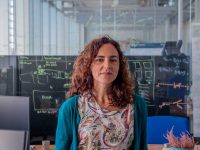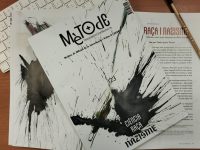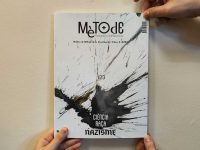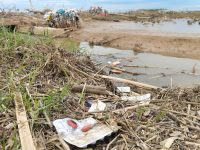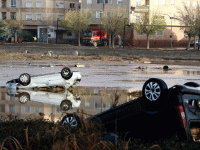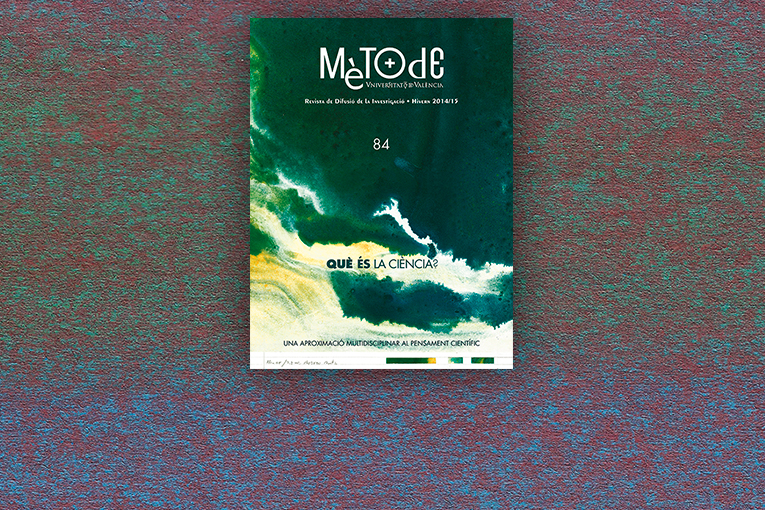
 |
||
|
When we talk about science, what do we mean exactly? Is it a way of approaching knowledge, a way to ask questions or to get answers? What role do imagination and creativity play in science? Does it have to be able to make predictions about certain phenomena? Is it, in short, a unique and universal concept or does it vary according to time and social context? These are some of the reflections that can be found in MÈTODE’s latest issue, which addresses the question «What is science?». Prominent names from the world of physics, history and philosophy have contributed to this issue. Thus, physicist Jean Bricmont and philosopher Elliott Sober approach the discussions that have arisen around the concept of scientific method. Patricia Fara and Pedro Ruiz-Castell provide a perspective from the standpoint of the history of science. Susanna Priest, Editor-in-Chief of Science Communication, talks about the method in social sciences as well as the difficulties of measuring human behaviour. Finally, Jorge Wagensberg explains his idea regarding the different forms of interdisciplinary knowledge. The monograph is rounded off with two interviews: one with physicist and philosopher Mario Bunge and another one with evolutionary biologist and anthropologist Robin Dunbar. The issue has been coordinated by Martí Domínguez, Mètode’s Editor-in-Chief and professor of Journalism at the University of Valencia, and Lucia Sapiña, journalist at Mètode. Pictures in this issue have been contributed by artist Nico Munuera (Lorca, 1974). They recall the artistic method, a process which, by combining art and imagination, eventually turns an idea into artwork. INTERNATIONAL YEAR OF LIGHT Beyond the monograph, issue no.84 also delves into the relationship between moral values and evolution through an article by researcher Paula Casal that claims a greater understanding between the philosophy of distributive justice and evolutionary biology. In an interview with historian Yuval Noah Harari, author of Sapiens: A Brief History of Humankind, we keep talking about science from the perspective of humanities. The issue opens 2015, International Year of Light, by celebrating the 150th anniversary of James C. Maxwell‘s equations as well as electromagnetic synthesis with an article written by Professor of Physics at the University of Alicante, Augusto Beléndez. Also, Alberto Fernández Soto and Fernando Ballesteros draw us into the interesting world of astrophotography. In addition, Pablo Giménez, professor of geography at the University of Alicante, discusses the last snow pits at Aitana, the highest mountain range in the province of Alicante, and their relation to the evolution of climate. |
||

